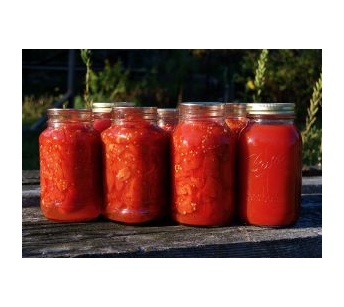 Although most school districts are trying hard to offer healthy fruits and vegetables, the reality is that there are so many high-fat, nutritionally poor choices available to your student. And even when nutritionally rich choices are available, they usually aren’t free of pesticides, additives and hormones.
Although most school districts are trying hard to offer healthy fruits and vegetables, the reality is that there are so many high-fat, nutritionally poor choices available to your student. And even when nutritionally rich choices are available, they usually aren’t free of pesticides, additives and hormones.
Increasingly, farm to school programs are allowing schools to serve students with rich, healthy meals that can be organic and grown locally. Using small local farms, organic bakeries, and stores that provide locally grown food, the schools can take advantage of higher quality and less processed food, while supporting local producers. Think of pizzas made with organic wheat crust and hormone-free cheese and topped with locally grown pesticide-free tomatoes.
One of the disadvantages of a farm to school program, is that many schools don’t have the facilities to properly prepare meals using fresh ingredients. Most of the time, school cafeterias are equipped to process heat and serve meals, rather than preparing lunch from scratch. Staff often don’t have the knowledge or skill to prepare home cooked meals, either.
Another obstacle is cost. Schools are scraping by these days with their budgets, and they have so many academic standards and requirements. The cafeteria and school lunches aren’t often an area where there id lots of money and focus. Prepackaged and processed food bought in bulk within a district is usually much less expensive than is locally grown organic food, even though local food does not have to incur as many shipping and processing costs.
One step toward a farm to school program might be a local garden on the school campus. Not only would student gardening be part of an academic school day, but the grown food could be incorporated into the food choices in the cafeteria.
I would love to see more schools adapt a farm to school or gardening program. Why not become an advocate for your school or school district?
Click here for more articles by Mary Ann Romans.
Is It Cost Effective to Bring a School Lunch?
School Lunches Getting More Expensive

